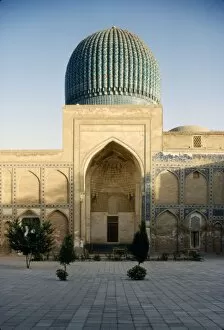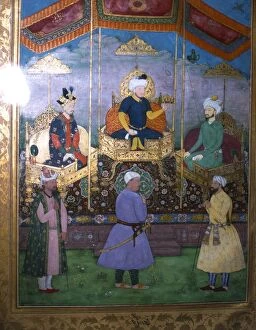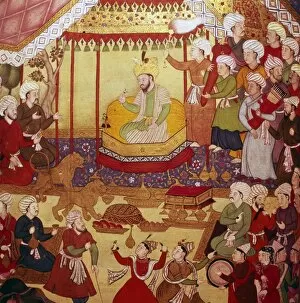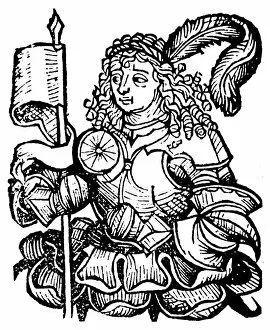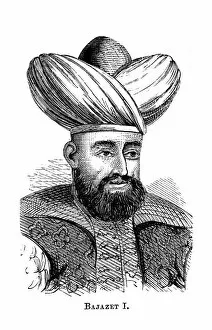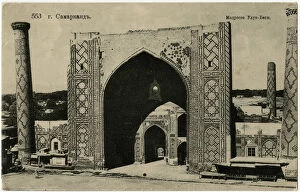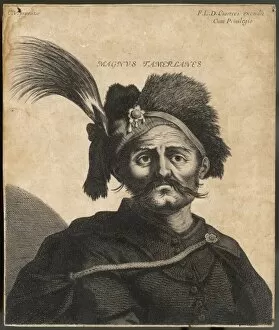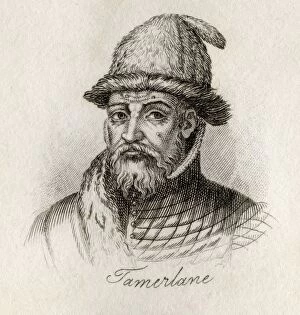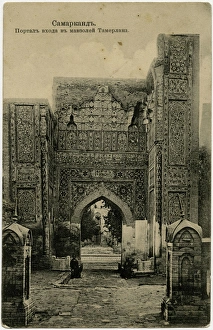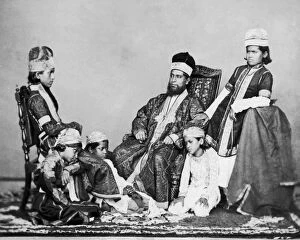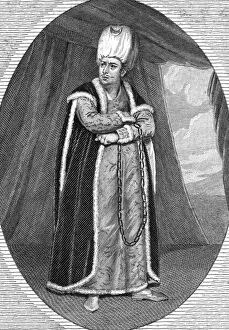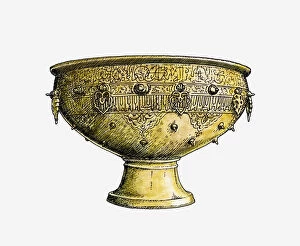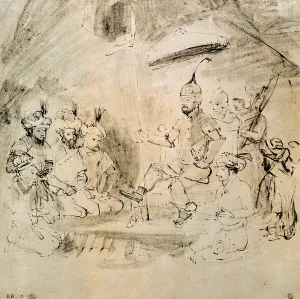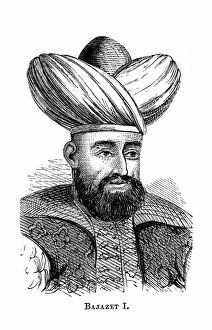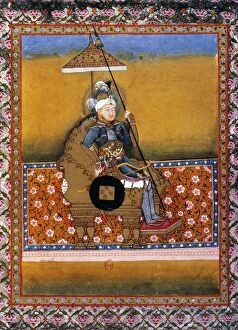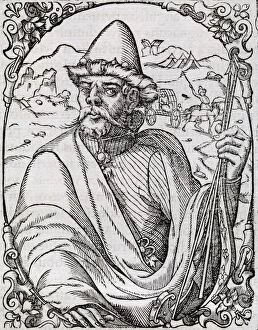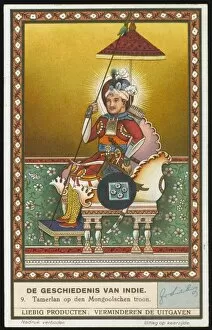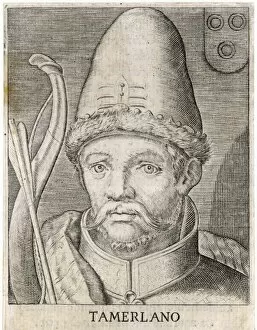Tamerlane Collection (page 2)
Tamerlane, also known as Timur, was an ancient conqueror who left a lasting mark on history
All Professionally Made to Order for Quick Shipping
Tamerlane, also known as Timur, was an ancient conqueror who left a lasting mark on history. Ancient depictions or Timur showcase his powerful presence and formidable stature. One such depiction is the statue of Amir Timur, erected to honor this legendary figure from 1336-1405. The tomb of Timur, located in the Mausoleum of Gur-e-Amir in Samarkand, Uzbekistan, stands as a testament to his grandeur. Built in 1404 and captured beautifully by artists CM Dixon and Unknown in the 20th century, it exudes an aura of majesty that befits its occupant. Samarkand itself holds many treasures associated with Tamerlane's legacy. The Registan - Ulugh Beg Madrasa is one such marvel that showcases intricate Islamic architecture and serves as a reminder of Tamerlane's influence on Central Asia. Another significant landmark is the Gur-i Amir mausoleum in Samarkand where Tamerlane rests eternally. This sacred site draws visitors from all over the world who come to pay homage to this Asian conqueror. Tamerlane's impact extended beyond physical monuments; he inspired artistic interpretations as well. In Nicholas Rowe's play "Tamerlane, " Mr Spranger Barry and Mrs Ann Barry portrayed Bajaze and Selima respectively, bringing these characters to life on stage. Even warfare couldn't escape Tamerlane's legend; engravings depict the charge of his war elephants during battles—a symbol of his military might that struck fear into enemies' hearts. His influence reached far beyond his own time period too; Akbar Offering Timur's Crown to Shah Jahan portrays how subsequent rulers revered him even centuries later during the Mughal period (1526-1857). Today, we can still witness glimpses of Tamerlane's greatness through remnants like the 15th-century mausoleum in Samarkand.

